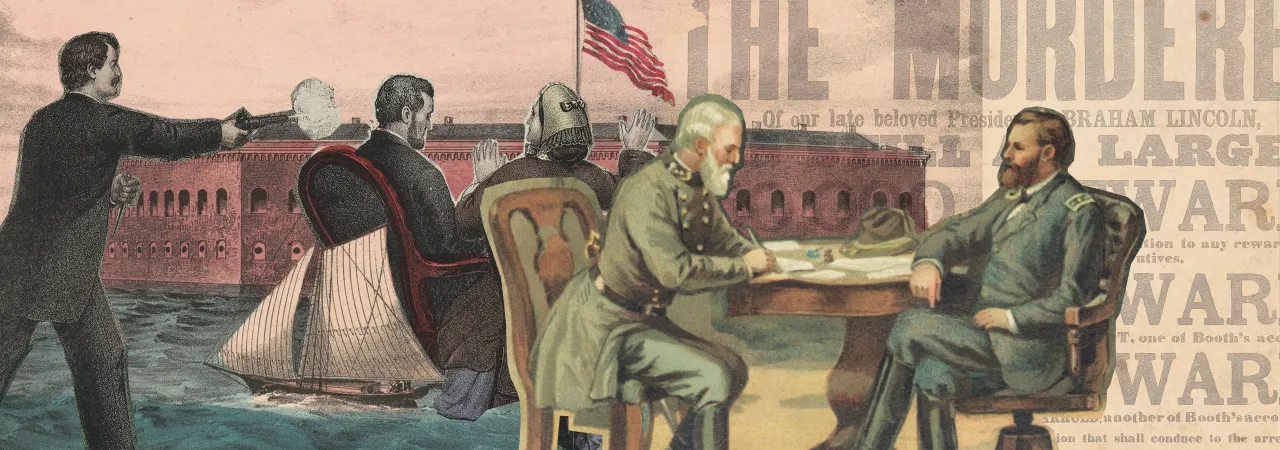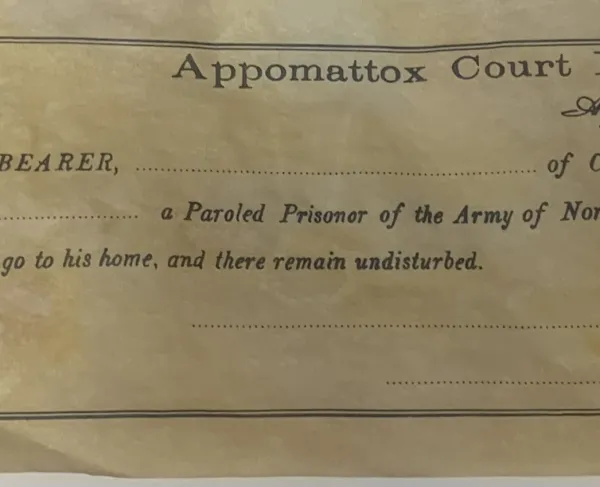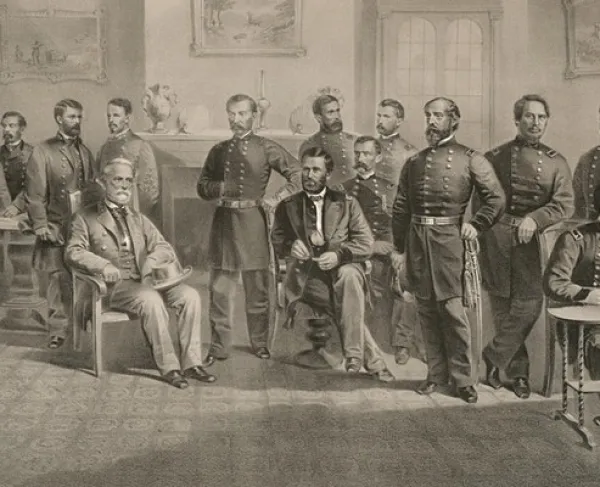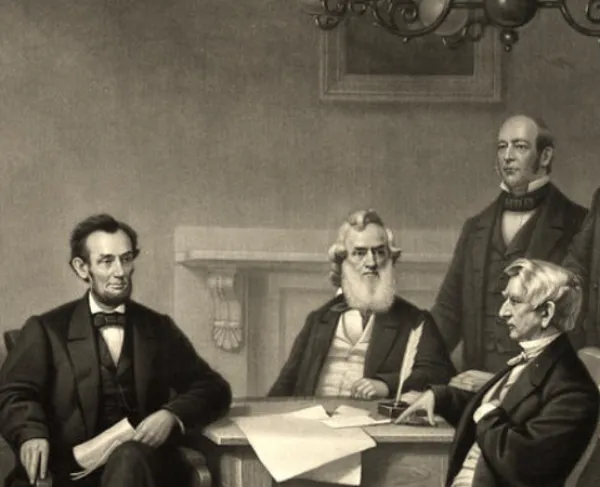
In the words of American Battlefield Trust Director of Education Garry Adelman, “Show me another calendar month in which the Civil War began and ended, in which the Confederacy’s largest and most important cities fell, a president was assassinated and two of the bloodiest battles in American history were fought. April reigns supreme on any Civil War timeline.”
But don’t take Garry’s word for it. Check out the abridged timeline for yourself:
- April 1-2 (1865). The Fall of Petersburg. Union General Ulysses S. Grant followed up a victory at the Battle of Five Forks with a successful attack on Robert E. Lee’s army at Petersburg — the only thing standing between his army and the Confederate capital of Richmond.
- April 3 (1865). The Fall of Richmond. The Union Army entered Richmond, which the Confederate government had abandoned the previous night.
- April 5 (1862). McClellan’s Siege of Yorktown. Union General George B. McClellan began a month-long siege on Yorktown — site of the Patriot siege that won the Revolutionary War 81 years prior — as part of his Peninsula Campaign toward Richmond.
- April 6-7 (1862). The Battle of Shiloh. This two-day battle produced more than 23,000 casualties and ended Confederate hopes of blocking the Union advance into northern Mississippi.
- April 9 (1865). Lee’s Surrender at Appomattox Court House. Confederate General Robert E. Lee agreed to terms for the surrender of the Army of Northern Virginia, effectively ending the Civil War in its Eastern Theater.
- April 12 (1861). The Battle of Fort Sumter. The Confederate attack on this Federal fort in Charleston, South Carolina, officially began the Civil War.
- April 12 (1864). The Fort Pillow Massacre. Confederate soldiers under the command of Nathan Bedford Forrest killed more than 300 African American Union soldiers, some of whom had reportedly tried to surrender.
- April 14-15 (1865). The Assassination of President Lincoln. Just days after the Confederate surrender at Appomattox, President Abraham Lincoln was fatally shot at Ford’s Theater in Washington, DC.
- April 16 (1862). Emancipation in the Federal Capital. 3,104 enslaved people became legally free when President Lincoln signed the Immediate Compensated Emancipation Act to free all slaves in the District of Columbia and compensate slaveholders up to $300 for the property forfeited.
- April 24 (1862). The Union Occupation of New Orleans. Union Admiral David Farragut led his fleet past Forts Jackson and St. Philip by cover of night, enabling the Union to capture New Orleans and gain control of a key section of the Mississippi River.
- April 26 (1865). Johnston’s Surrender at Bennett Place. After more than one week of negotiations, Confederate General Joseph E. Johnston met with Union General William T. Sherman to write up the terms of the largest surrender of Confederate forces during the Civil War.
- April 27 (1865). The Sinking of the Sultana. As the war concluded across the nation, more than 1,000 people — mostly Union soldiers on their way home from Andersonville prison — were killed in the explosion and sinking of the riverboat Sultana.
- April 27 (1863). Opening of the Chancellorsville Campaign. The battle that many would consider Robert E. Lee’s greatest victory - despite the loss of Stonewall Jackson — began when Union General Joseph Hooker turned Lee’s left flank and threatened to trap his army against the Rappahannock.
Coincidence? Yes and no. We humans don’t always take the cues of the seasons — but when it came to fighting during the Civil War, action did indeed ebb in winter and pick up again in spring. Many 19th-century roads became impassable in colder weather, leaving commanders months to strategize and bide their time. As the weather warmed and roadbeds dried, they were ready to fight and finally able. Of course, that doesn’t explain every event of this crowded April timeline — but it explains a lot.
As for the rest, well, there was seldom a dull moment during this defining period in America’s history. To go beyond April, explore our “This Day in the Civil War” timeline. To see how these anniversaries fit into the big picture of the Civil War, watch our animated map of the Entire Civil War.





